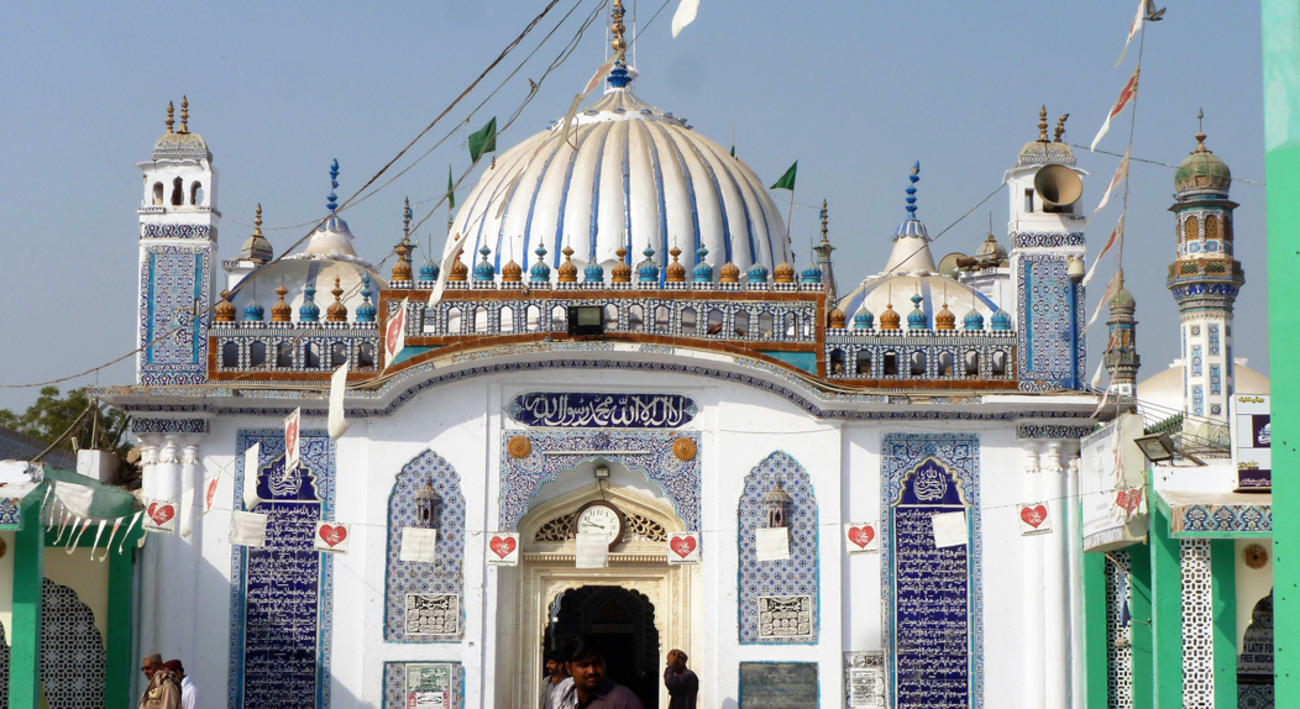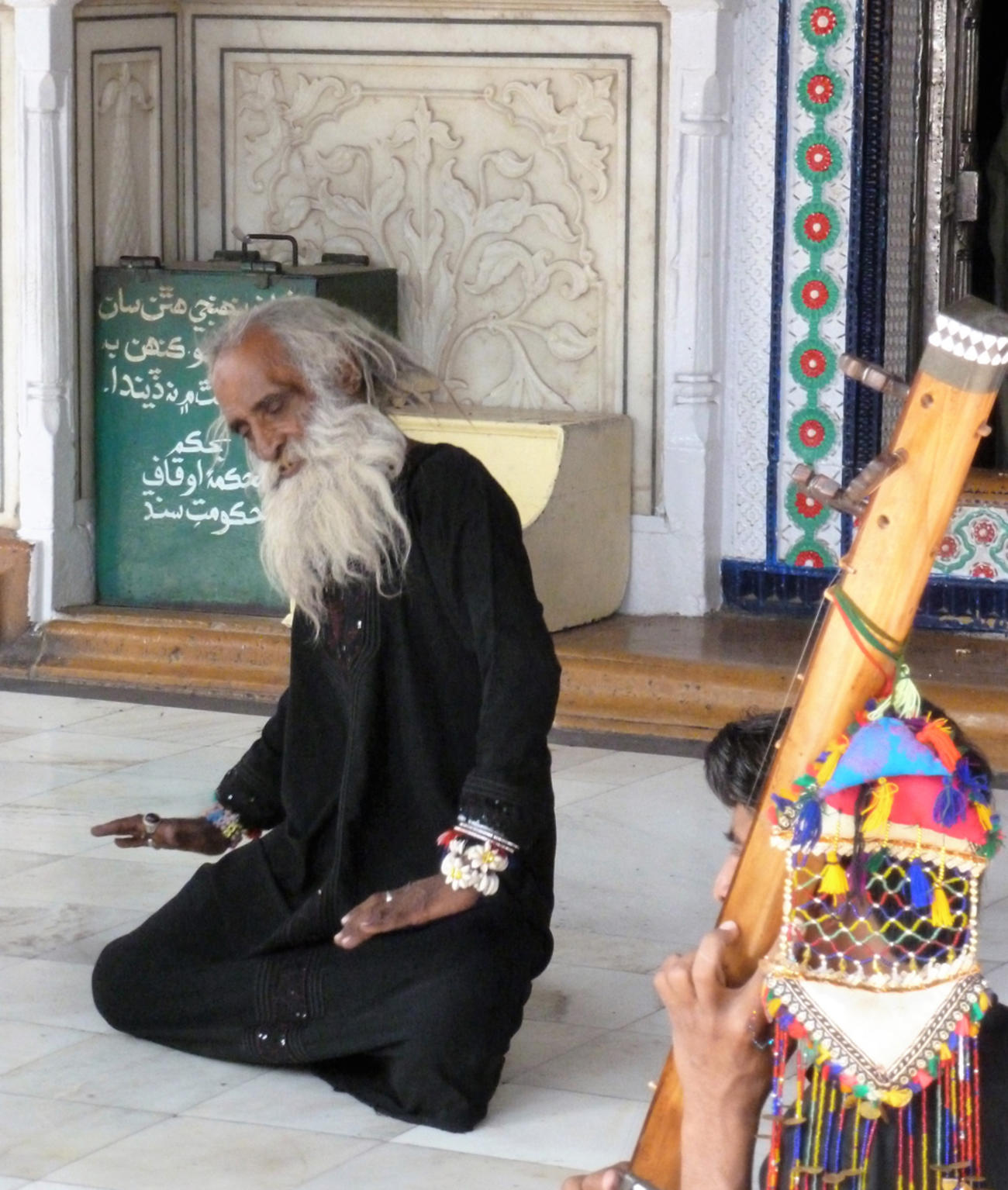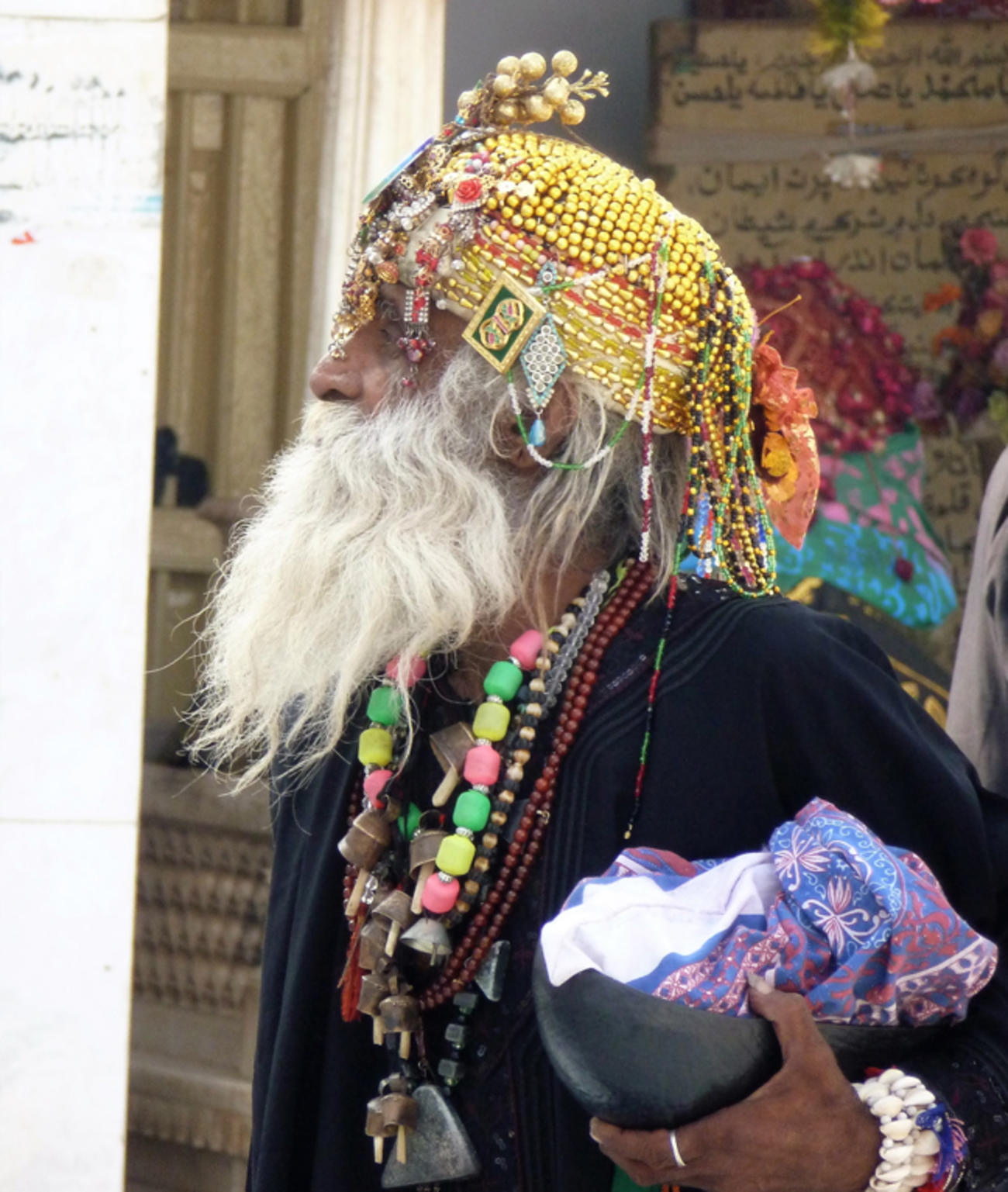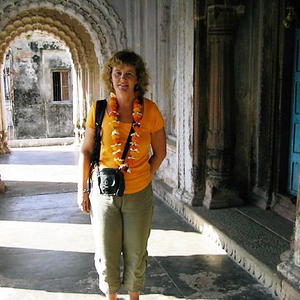
Whilst most Pakistani people are Muslim there is a more spiritual interpretation of Islam through the medium of Sufism, whose objective is dedicating their life to prayer and mystical enlightenment and renouncing materialism. Their mantra is ‘wherever you turn, there is the face of God’. The word Sufi itself is derived from the word ‘suf’ - the woollen clothes worn by Sufis as a symbol of their dedication to the spiritual world and turning their back on materialism and worldly goods.
The ultimate goal of a Sufi is the union of the soul with God which can be achieved through mystical theology, prayer, and in some cases whirling meditation to reach a trance like state bringing them closer to God. The Sufis were originally known as sheikhs or pirs and developed their own following through their teachings and spiritual messages of tolerance. Today Sufis lead their disciples and followers in the singing of mystical poetry in a rhythmic devotional style known as Qawwali, which is very popular in the Punjab and Sindh regions of Pakistan. This style of spiritual worship is much more accessible than the traditional teachings of Islam and much of the classic poetry in villages of Pakistan is derived from Sufi inspiration. Sufi poets often use storytelling with tales of romance as metaphors for the separation from their God and the joy of finding their God thereby promoting the sense of spiritual quest and fulfilment.


Whilst in Southern Pakistan our group visited a number of the famous Sufi shrines such as Bhit Shah the shrine dedicated to Shah Abdul Latif Bhittai, Shah Rukn-i-Alam shrine in Multan and Mian Mir in Lahore. In all cases there were many pilgrims gathering in all their finery to pay their respects to these revered mystics. They would approach the tombs and make offerings and gifts and receive blessings. In many cases there were local Sufis sitting in prayer and chanting poetry outside the shrines also with local musicians accompanying them. This created a very different perspective for us to the traditional mosques and style of prayer in the Islamic world.
